

RESERVA DA BIOSFERA DA
ILHA GRACIOSA
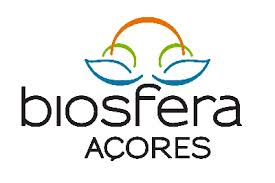
Português

A RESERVA DA BIOSFERA
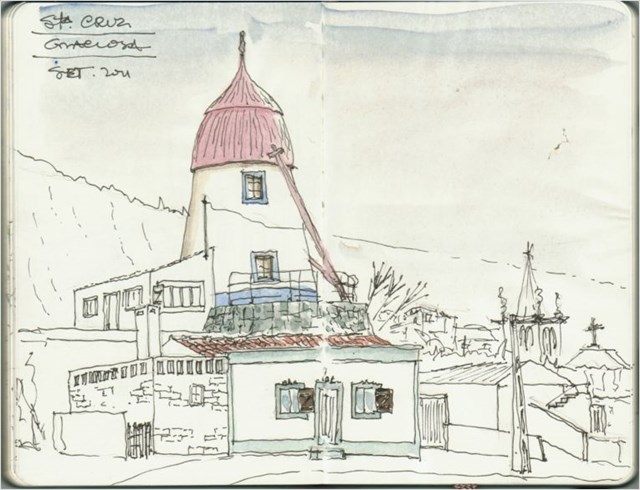
“Em Setembro de 2007, a Ilha Graciosa passou a fazer parte da Rede Mundial de Reservas da Biosfera da UNESCOpor decisão do Bureau do Conselho Internacional de Coordenação do Programa MAB (O Homem e a Biosfera). Tal reconhecimento reflete as características ambientais, patrimoniais e culturais únicas da ilha Graciosa de que são singular exemplo as significativas colónias de aves marinhas que nidificam nos seus ilhéus, a Furna do Enxofre,imponente caverna lávica caracterizada por ter um teto em forma de abóbada perfeita, a peculiar arquitetura rural promotora da denominada “casa da Graciosa” e a “Arquitetura da Água”, original expressão da carência de água que sempre fustigou as gentes da ilha Graciosa.
Mas são sem dúvida os ilhéus o que maior valor acrescentou à feliz candidatura da ilha a Reserva da Biosfera. Constituindo importantes habitats de nidificação para aves marinhas servem igualmente como áreas de descanso/passagem de aves migratórias. Neles ocorrem especialmente o Cagarro (Calonectris diomedea borealis), o Garajau-rosado (Sterna dougallii), o Garajau-comum (Sterna hirundo), o Frulho (Puffinus baroli baroli) e o Painho-da-madeira (Oceanodroma castro).
Destaca-se nesse papel o Ilhéu da Praia que, para além de ser um dos maiores e com maior diversidade de aves nidificantes dos Açores, foi nele descoberto recentemente uma espécie endémica, o Painho-das-tempestades-de-monteiro(Oceanodroma monteiroi), que só nidifica nos ilhéus da Graciosa.
Por outro lado, detentora de uma orla costeira facilmente acessível a partir dos inúmeros portinhos tradicionais e de um fundo marinho particularmente belo, tem vindo a destacar-se no arquipélago como “capital do mergulho dos Açores”, numa interessante dinâmica local de procura de atividades económicas ambientalmente sustentáveis”.
Pedro Raposo – Biólogo
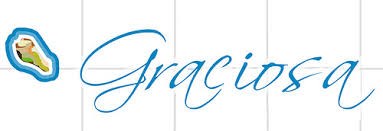
A Ilha da GRACIOSA
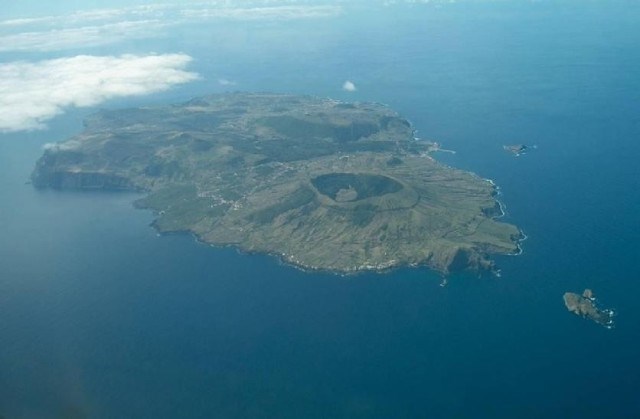
“A ilha Graciosa faz parte integrante do Grupo Central dos Açores e, com apenas 60,7 km2 de área e 38,9 km de linha de costa, é a segunda menor ilha do arquipélago (a seguir ao Corvo) e a de altitudes mais baixas, atingindo a sua cota máxima aos 405 metros. As ilhas são alongadas segundo uma orientação NW-SE, dadas as condicionantes geotectónicas associadas à sua formação, estando localizada no extremo ocidental do “Rife da Terceira”. O “Rife da Terceira” é uma importante estrutura tectónica da Região dos Açores, que se desenvolve pelas ilhas Graciosa, Terceira, São Miguel e zonas marinhas intermédias, incluindo o vulcão submarino do Banco D. João de Castro. Com um comprimento máximo de 12,6 km e largura máxima de 7,0 km, a ilha Graciosa dista 56,8 km da Ponta da Serreta, na ilha Terceira e 36,5 km da Fajã do João Dias, na ilha de São Jorge.
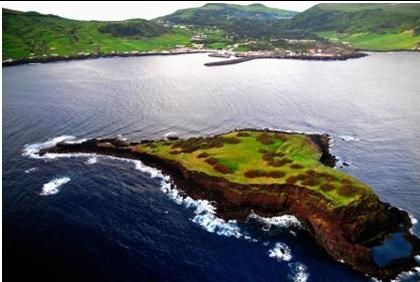
A ilha Graciosa apresenta um diversificado património vulcanológico que inclui cavidades vulcânicas, grutas lávicas e algares e uma marcada geodiversidade paisagística. É de salientar a Caldeira, a sudeste da ilha, que constitui uma das mais interessantes curiosidades geológicas dos Açores. De clima fresco é a zona mais húmida e abrigada da ilha. As vertentes interiores de declive muito pronunciado encontram-se revestidas de mata. É no rebordo superior da Caldeira que se encontra o ponto mais alto da ilha, com cerca de 400 metros. A Caldeira da Graciosa está incluída no Monumento Natural Regional da Caldeira da Ilha Graciosa que se integra na Rede Regional de Áreas Protegidas. Esta área protegida inclui a maior área florestal da ilha. No interior da Caldeira encontra-se a Furna do Enxofre, uma cavidade vulcânica que se situa entre aquelas onde as necessidades de proteção, preservação e de partilha dos valores biológicos, estéticos, científicos e culturais mais se fazem sentir.
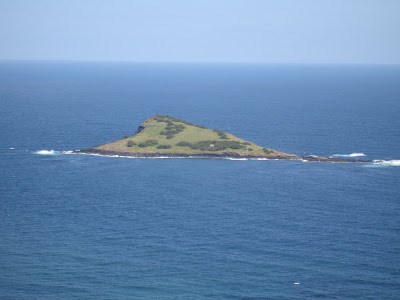
A região macaronésia, na qual os Açores estão incluídos é considerada um dos 25 “hotspots” de biodiversidade existentes no mundo, cuja excecional concentração de espécies endémicas bem como o acelerado ritmo da perda de habitats, torna-a merecedora de especial atenção no que toca à tomada de decisões usadas e estratégias que assegurem a conservação eficaz das espécies e seus habitats.
A ilha ‘Graciosa’– provavelmente deve o seu nome às suas paisagens encantadoras, suavemente onduladas, marcadas por pequenas aglomerações de baixas montanhas, colinas dispersas e pequenos cones vulcânicos, em que a grande maioria não atinge os 100 metros de altitude. Contrastando com as outras ilhas, a população concentra-se no interior. O seu epíteto “ilha branca” deve-se, provavelmente ao facto de existirem rochas claras na costa sul, onde a encosta da Serra Branca se junta ao mar.
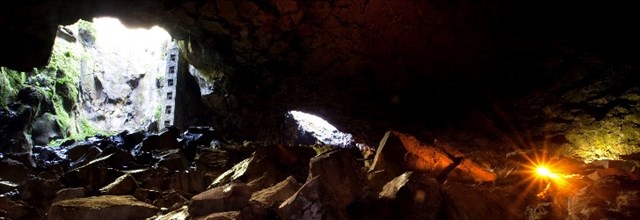
A FURNA DO ENXOFRE
E O
CENTRO INTERPRETATIVO DA FURNA DO ENXOFRE
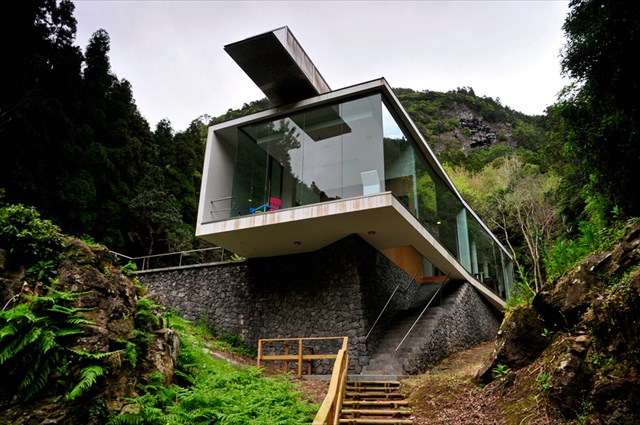
Localizado no Monumento Natural da Caldeira da Graciosa, o Centro de Visitantes da Furna do Enxofre (CVFE) é o Núcleo da Reserva da Biosfera e do Parque Natural da Graciosa, funcionando também como porta de entrada para a Furna do Enxofre.
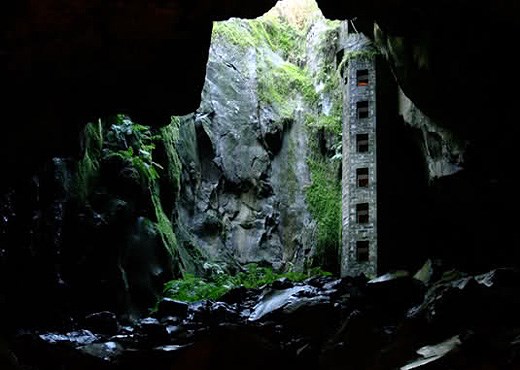
O ILHÉU DA PRAIA E A AVE
Painho-do-Monteiro
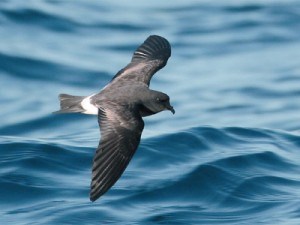
O Painho-de-Monteiro, é uma espécie marinha ameaçada que só nidifica nos ilhéus da Graciosa, nos Açores e está a ser alvo de um projeto conservação que teve início no princípio do mês de junho. Registe-se também que é uma espécie endémica dos Açores. O projeto para a conservação do painho-de-Monteiro (Oceanodroma monteiroi), financiado pela BirdLife International, arrancou no passado dia 1 de junho e será coordenado pela Sociedade Portuguesa para o Estudo das Aves (SPEA).
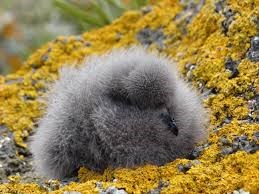
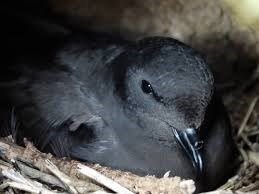
O painho-de-monteiro é uma pequena ave marinha que apenas nidifica no Ilhéu da Praia e no Ilhéu de Baixo, localizados ao largo da Ilha Graciosa. Contudo, existem suspeitas da sua nidificação também nas ilhas das Flores e do Corvo. Com uma população de apenas 300 casais reprodutores, esta espécie apresenta um estatuto de conservação desfavorável.
À semelhança do priolo, o Painho-de-Monteiro só pode ser observado no Arquipélago dos Açores, facto que tem trazido entusiastas de todo o mundo quer para fotografar como para simplesmente observar a pequena ave” refere Joaquim Teodósio, coordenador da SPEA Açores.
MOINHOS DA GRACIOSA
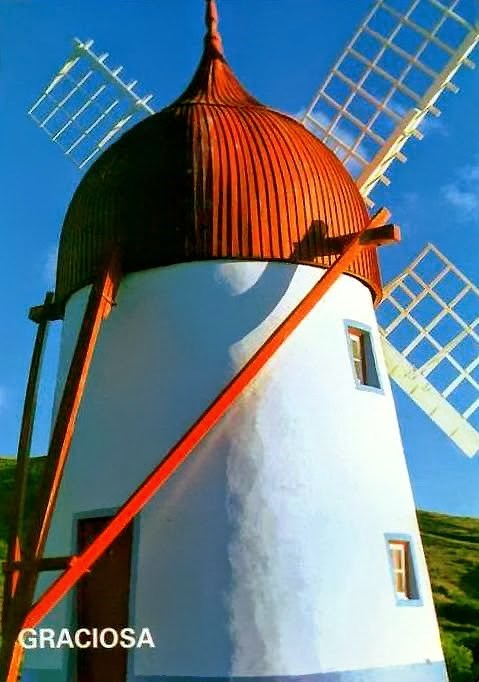
Um dos ex-libris da Graciosa são sem dúvida os moinhos de vento, estilo holandês, com os seus peculiares telhados vermelhos, em forma de cebola, considerados os mais bonitos de todo o arquipélago, principalmente quando as suas velas estão desfraldadas – que infelizmente não se vê tanto nos nossos dias. Há relativamente pouco tempo, existiam cerca de 30, dos quais alguns foram restaurados nos últimos tempos e ainda restam quatro a funcionar.
Na Graciosa, Açores, existem dezenas de moinhos, remanescentes do período em que havia uma forte produção agrícola na ilha. Ao longo dos anos, a agricultura foi perdendo força e os moinhos foram deixados ao abandono. Nos últimos anos, têm surgido alguns projetos de recuperação destes antigos espaços para turismo rural

HORÁRIO DE VISITA À FURNA DO ENXOFRE
Horário da Furna do Enxofre
16 de setembro a 30 de abril
ter a sáb: 14H00 - 17H30
encerrado: dom | seg | feriados | terça carnaval | domingo páscoa | 24 e 31 dezembro
Visitas Guiadas: 14H30 | 15H30
01 de maio a 14 de junho
ter a sex: 09H30 - 13H00 | 14H00 - 17H30
sáb: 14H00 - 17H30
Encerrado: dom | seg | feriados1
Visitas Guiadas2: 11H303 | 15H00 | 16H30
15 de junho a 15 de setembro
todos os dias: 10H00 - 18H00
Visitas Guiadas2: 11H30 | 15H00 | 16H30

PARA ENCONTRAR A CACHE:
Esta letter-box é constituída por quatros pontos (dois pontos virtuais, localizados em locais de grande importância geológica e dois fisicos, sendo um deles o ponto final – GZ - físico) e a sua colocação foi devidamente autorizada pelas entidades competentes.
WP1 – Centro Interpretativo da Furna do Enxofre–
- Deverá descobrir, consultando, o diploma existente na parede do interior deste centro, o dia de assinatura do diploma que confere à ilha Graciosa a “marca” de Reserva da Biosfera (A).
- Ao descer a escada de acesso à Furna do Enxofre, existe uma data (X), gravada em pedra, na parede (perto da placa). Faça corresponder esta data a: (X=BCDE)
WP2 – Miradouro na freguesia de S. Mateus - Praia–
- Deverá contar quantas imagens (fotos) com aves existem no placard existente neste ponto (F)
WP3 – Local de interesse túristico –
- Deverá procurar neste local, que também poderá visitar se o desejar, a informação necessária para encontrar o GZ.
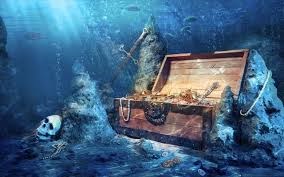
WP3
N 39º 0(A-15), (X-1382)
W 028º 0(F-1), (D+1) (F) (C-8)
GZ
????

A CACHE:
Horário do GZ:2ª a 6ª feira das 9H00 às 12H00 e das 14H00 às 17H00.
A utilização do local está devidamente autorizada pela entidade competente.
A caixa tem um formato NÃO convencional.
Por favor, não postem fotos que possam denunciar a cache, nem o GZ.




THE BIOSPHERE RESERVE OF
GRACIOSA ISLAND
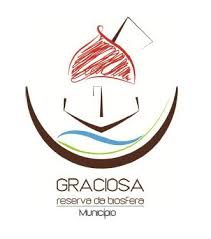
English

THE BIOSPHERE RESERVE
"In September 2007, Graciosa Island became part of the UNESCO World Network of Biosphere Reserves by decision of the Bureau of the International Coordinating Council of the MAB Programme (Man and the Biosphere). This recognition reflects the unique environmental, heritage and cultural characteristics of Graciosa that are unique example significant seabird colonies that nest in their islets, the Cavern Sulphur, imposing lava cave characterized by having a roof in perfect dome shape, the promoter peculiar rural architecture known as "home of Graciosa" and "Water Architecture" original expression of the lack of water that always harassed the people of Graciosa.
But it is surely the islanders what greater value added to the happy application of the island the Biosphere Reserve. Constituting important nesting habitats for seabirds also serve as rest areas / passage of migratory birds. Especially occur in them the Cory's Shearwater (Calonectris diomedea borealis), the rosy Tern (Sterna dougallii), the common-Tern (Sterna hirundo), the Frulho (Puffinus baroli baroli) and Painho wood (Oceanodroma castro).
It stands out in this paper the ”Praia” islet which, besides being one of the largest and greatest diversity of breeding birds of the Azores, was it recently discovered an endemic species, the Painho-of-storm-of-Monteiro (Oceanodroma monteiroi) that only nests in the islets of Graciosa.
On the other hand, holds an easily accessible coastline from numerous traditional portinhos and a particularly beautiful seabed, it has to stand out in the archipelago as "the Azores dive capital", an interesting dynamic activities search site environmentally sustainable economic. "
Pedro Raposo – Biólogo
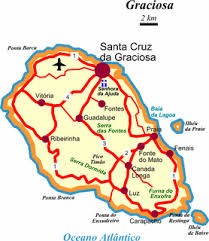
GRACIOSA ISLAND
"The Graciosa is part of the Azores Central Group and, with only 60.7 km2 and 38.9 km of coastline, is the second smallest island of the archipelago (after Raven) and altitudes of more low, reaching its maximum level to 405 meters. The islands are elongated according to a NW-SE direction, given the geotectonic conditions associated with its formation, being located at the western end of the "Rife the Third." The "Rife the Third" is an important tectonic structure of the Azores, which develops the islands Graciosa, Terceira, São Miguel and intermediate marine areas, including the submarine volcano Dom João de Castro Bank. With a maximum length of 12.6 km and a maximum width of 7.0 km, the island of Graciosa is distant 56.8 km from Ponta da Serreta, on Terceira and 36.5 km from the Fajã do João Dias, on the island of São Jorge.
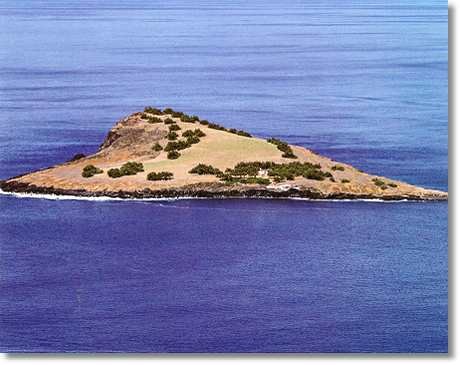
The Graciosa presents a diverse volcanological heritage that includes volcanic cavities, lava caves and grottos and a marked geodiversity landscape. It should be noted boiler, southeast of the island, which is one of the most interesting geological curiosities of the Azores. Fresh climate is more humid and sheltered part of the island. The inner strands of very pronounced slope are covered with woods. It is on the top of the Caldera rim which is the highest point of the island, with about 400 meters. The Graciosa boiler is included in the Regional Natural Monument of the Graciosa Island boiler that integrates the Regional Network of Protected Areas. This protected area includes the largest forest area of the island. Inside the boiler is the Cavern of sulfur, a volcanic cavity that lies between those where protection needs, preservation and sharing of biological values, aesthetic, scientific and cultural more are felt.
The Macaronesian region, where the Azores are included is considered one of the 25 "hotspots" of existing biodiversity in the world, whose exceptional concentration of endemic species and the fast pace of habitat loss, makes it worthy of special attention in terms the taking of decisions and strategies used to ensure the effective conservation of species and their habitats.
The 'Graciosa' island- probably owes its name to its enchanting landscapes, gently rolling, marked by small clusters of low mountains, hills and scattered small volcanic cones, where the vast majority does not reach the 100 meters. In contrast to the other islands, the population is concentrated inside. Your epithet "White Island" is due probably to the fact that there are clear rocks on the south coast, where the slope of the Sierra White joins the sea.
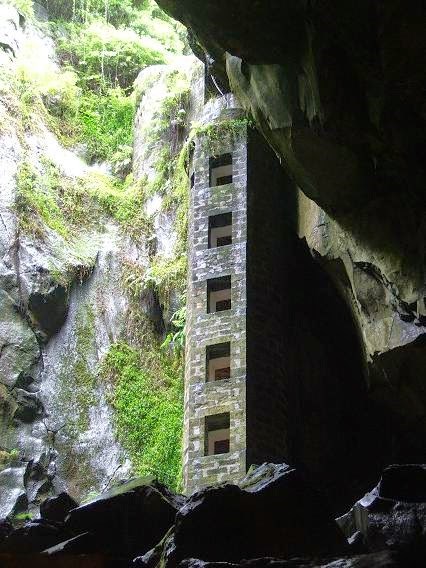
THE “FURNA DO ENXOFRE”
(The SULPHUR CAVE)
and the
INTERPRETIVE CENTER OF THE SULPHUR CAVE
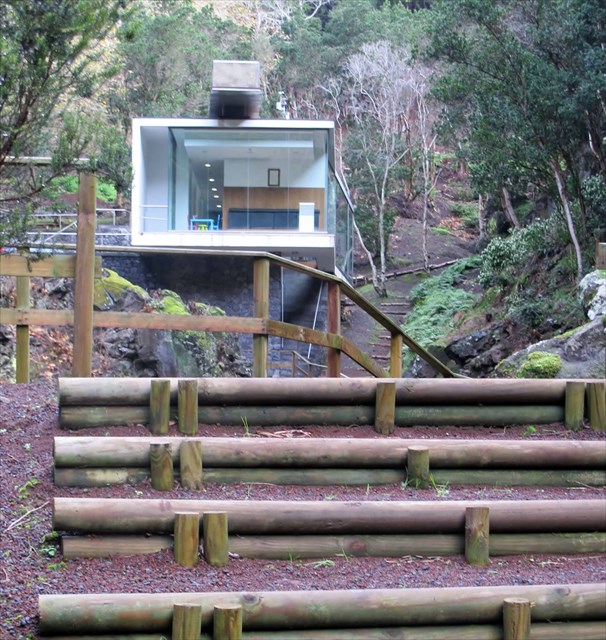
Located in Graciosa Caldera Natural Monument, the Cavern of the Visitor Center Sulphur (CVFE) is the core of the Biosphere Reserve and Graciosa Natural Park, while also acting as a gateway for Furna Sulphur.

“PRAIA” ISLET and the bird
“Painho-do-Monteiro”
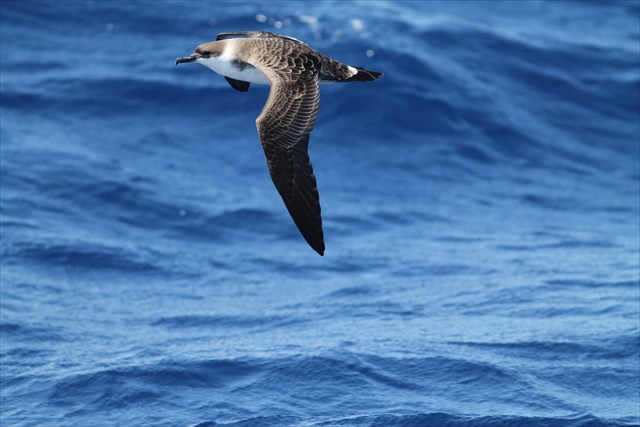
The Painho-of-Monteiro, is an endangered marine species that only nests in the islets of Graciosa in the Azores and is undergoing a conservation project that started at the beginning of June. Register also which is an endemic species of the Azores. The project for the conservation of painho-of-Monteiro (Oceanodroma monteiroi), funded by BirdLife International, started in the 1st of June and will be coordinated by the Portuguese Society for the Study of Birds (SPEA).
The “painho-do-monteiro” is a small seabird that nests only in the Islet Beach and Low islet located off the island of Graciosa. However, there are suspicions of their nesting also the islands of Flores and Corvo. With a population of only 300 breeding pairs, this species has an unfavorable conservation status.
Like the “Priolo”, the “Painho-do-Monteiro” can only be observed in the Azores Archipelago, a fact that has brought enthusiasts from around the world want to shoot like to just watch the little bird "says Joaquim Theodosius, coordinator of SPEA Azores.
GRACIOSA Windmills
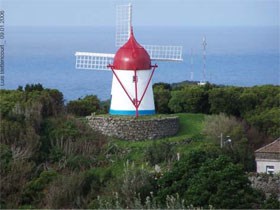
One of the symbols of Graciosa are undoubtedly the windmills, Dutch style, with its peculiar red roofs, onion-shaped, considered the most beautiful of the archipelago, especially when its sails are unfurled - which unfortunately does not we see so much today. Not long ago, there were about 30, some of which have been restored in recent times and there are still four to work.
Graciosa, Azores, there are dozens of mills, remnants of the period in which there was a strong agricultural production on the island. Over the years, agriculture has been losing strength and mills were left abandoned. In recent years, there have been some recovery projects of these ancient spaces for rural tourism.

Scheduleto visit “FURNA DO ENXOFRE”
“Furna do Enxofre” Schedule
September 16 to April 30
Tuesday to Saturday 14H00 - 17H30
closed: Sun | sec | holidays | Tuesday carnival | Easter Sunday | December, 31
Guided tours: 14H30 | 15H30
May 1 to June 14
Tuesday to Friday09H30 - 13H00 | 14H00 - 17H30
Saturday: 14H00 - 17H30
closed: sunday| monday | holidays
Guided tours: 11H303 | 15H00 | 16H30
June 15 to September 15
every day: 10H00 - 18H00
Guided tours: 11H30 | 15H00 | 16H30

TO FIND THE CACHE:
This letter-box consists of four points (two virtual points located in places of great ecological importance and two physical, one being the end point - GZ - Physical) and their placement has been duly authorized by the competent authorities.
WP1 – Interpretive Center of Sulphur Cavern /Centro Interpretativo da Furna do Enxofre–
- You should find out, by consulting the existing diploma on the wall of the interior of this center, the diploma signing daywhich gives the Graciosa the "brand" of the Biosphere Reserve (A).
- When descending the stairs of access to the Sulfur Cavern, there is a date (X) set in stone on the wall (near the plate). Match this date: (X=BCDE)
WP2 – Viewpoint in the parish of St. Matthew – “Praia”
- Should count how manyimages (pictures) with birds exist in the existing placard at this point (F).
WP3 – Landmark tourist –
- Should look at this site, which may also visit as desired, the information needed to find the GZ.
WP3
N 39º 0(A-15), (X-1382)
W 028º 0(F-1), (D+1) (F) (C-8)
GZ
????

THE CACHE:
Time of GZ:2nd to 6th Friday from 9:00 am to 12:00 and from 14:00 to 17:00.
Use of the site is authorized by the Competent authority.
The box has a NOT conventional format.
Please do not post pictures to que can report the cache, or the GZ.



